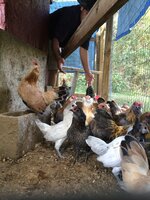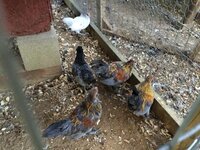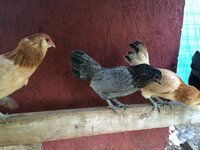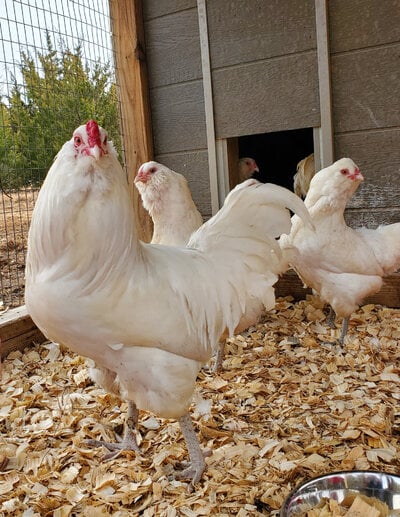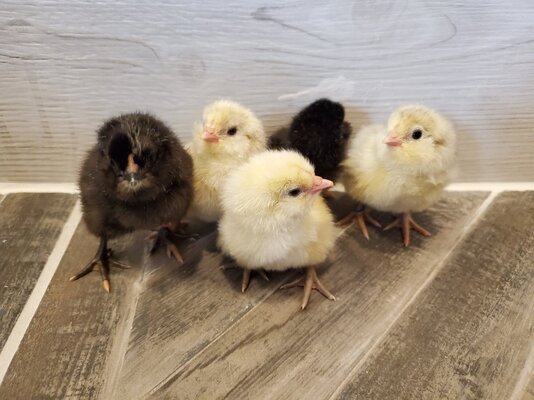BluebirdHomestead
Crowing
The title basically asks the question haha. If I cross a white Ameraucana Cockerel with Blue and Black Birchen Marans, what colors would the offspring be. I’ve tried searching and I’m still wrapping my head around the genetics behind white chickens.
What about a Lavender Ameraucana x Blue or Black Birchen Marans. And last a Wheaton Ameraucana x BBM? I’m trying to decide who to keep from my current hatch. I want to breed Olive Eggers (just for fun). I already have a bunch of Easter Eggers so I am inclined to keep an Aneraucana Cockerel (if ther is one) because then I can cross him with my EEs and the Marans.
Here’s what’s in my bator, wwyd?:
- 13 F1 Black Olive Eggers
- 1 Wheaton Ameraucana
- Lavender Ameraucana
- 3 White Ameraucanas
- 5 Blue and Black Birchen Marans
- 2 Wheaton Marans
- 3 F2-4 Olive Eggers
Who knows what I’ll end up actually hatching out. Curious who others would keep. I’m going to grow as many as I can out but I need to part with about half as day olds if they all hatched by some miracle.
What about a Lavender Ameraucana x Blue or Black Birchen Marans. And last a Wheaton Ameraucana x BBM? I’m trying to decide who to keep from my current hatch. I want to breed Olive Eggers (just for fun). I already have a bunch of Easter Eggers so I am inclined to keep an Aneraucana Cockerel (if ther is one) because then I can cross him with my EEs and the Marans.
Here’s what’s in my bator, wwyd?:
- 13 F1 Black Olive Eggers
- 1 Wheaton Ameraucana
- Lavender Ameraucana
- 3 White Ameraucanas
- 5 Blue and Black Birchen Marans
- 2 Wheaton Marans
- 3 F2-4 Olive Eggers
Who knows what I’ll end up actually hatching out. Curious who others would keep. I’m going to grow as many as I can out but I need to part with about half as day olds if they all hatched by some miracle.




